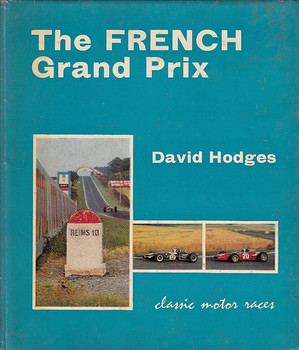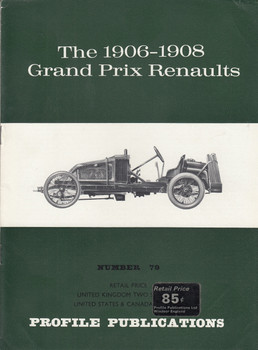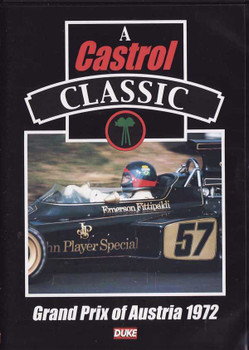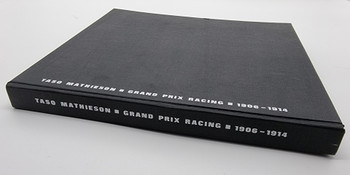Description
By LJK Setright, Hardcover, 320, Pages, ISBN: 9780171480252, 1st American Edition, 1973, Second Hand in very good condition !
The Grand Prix covers the history of Grand Prix racing, from its very beginnings in 1906 to the combination of art, science, sport, showmanship and big business of today. It shows not only the enormous advances made in engineering over this period but also the evolution in design philosophies which changed gigantic and brutal vehicles with a mechanic in the spare seat into the aerodynamic precision instruments of the 1970s.
The book falls naturally into seven sections. The period 1906-11 was one of primordial chaos, with cars of titanic proportions, abysmal efficiency, surprisingly good balance and no scope for development. From 1912 to 1921 the modern, small, high-efficiency engine evolved, and the chassis began to be developed. The great romantic era of 1922-33 was the golden age of classic racing cars, during which fashions in engine design waxed and waned, supercharging began as a novelty and ended as an essential, and engineering intuition and artistry had their heyday. The years 1934-53 were the first era of technology. Entirely new schools of chassis design and the emergence of the metallurgist and fuel chemist created a generation of cars revolutionary in design and flabbergasting in performance, the most powerful ever seen in Grand Prix racing. A new formula appeared for 1954-60, and the tremendous growth in the popular appeal of motor racing encouraged a new kind of car, less outlandish in its power, less expensive, but no less dramatic. The second age of technocracy, 1,961-7, saw motor racing become faster, more competitive, more professional and more money-conscious than ever before, while from 1968 onwards the scientists have taken over, discovering whole new fields in aerodynamics, transmission concepts, tyre developments, and completely new standards of performance.
The Grand Prix is the only single-volume work of its kind. It brings to motor-racing history a special kind of scholarship which judges the cars according to their contributions to progress rather than according to their success as racers cars such as the 1922 Fiat, the 1937 Mercedes Benz, and the 1962 Lotus, which the author includes among the truly great. It examines the philosophies and follows the apostolic careers of designers whose influence sometimes took surprising turns—engineers such as Henry, Cavalli, Bugatti, Porsche, and Chapman, whom the author includes among the truly prophetic. It also takes note of some of the great drivers whose prowess has affected history—such as Boillot, Rosemeyer, Moss and Clark. All these machines, all these men, and many more, appear in a superbly attractive book whose elegant text is graced by well over 200 half-tones and 40 pages of colour plates.















